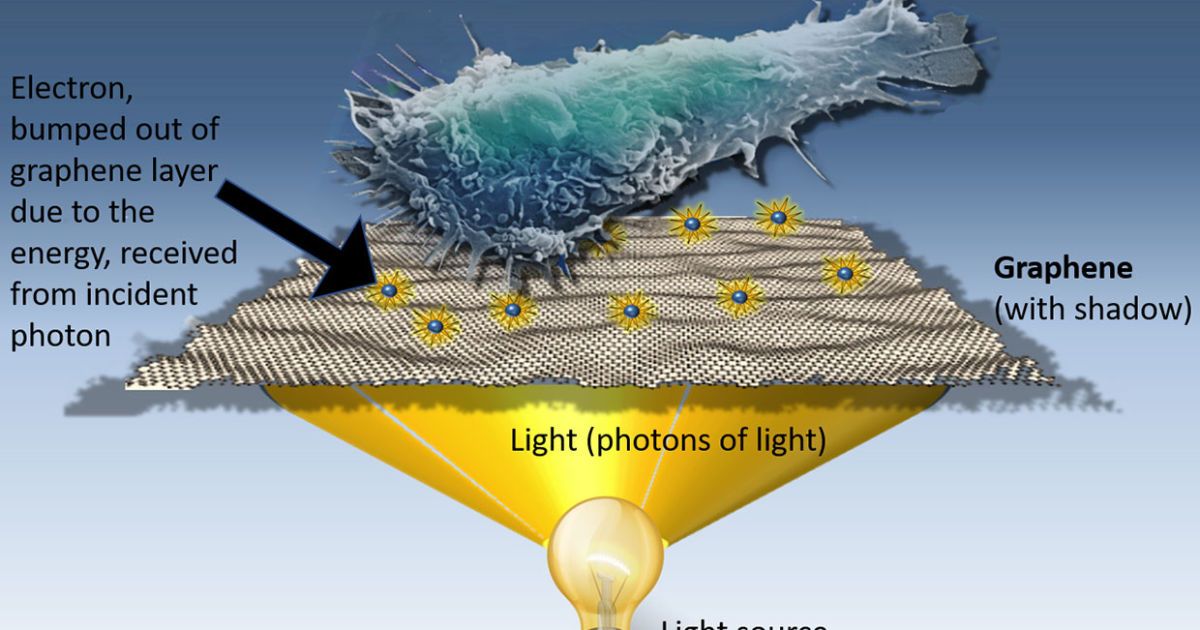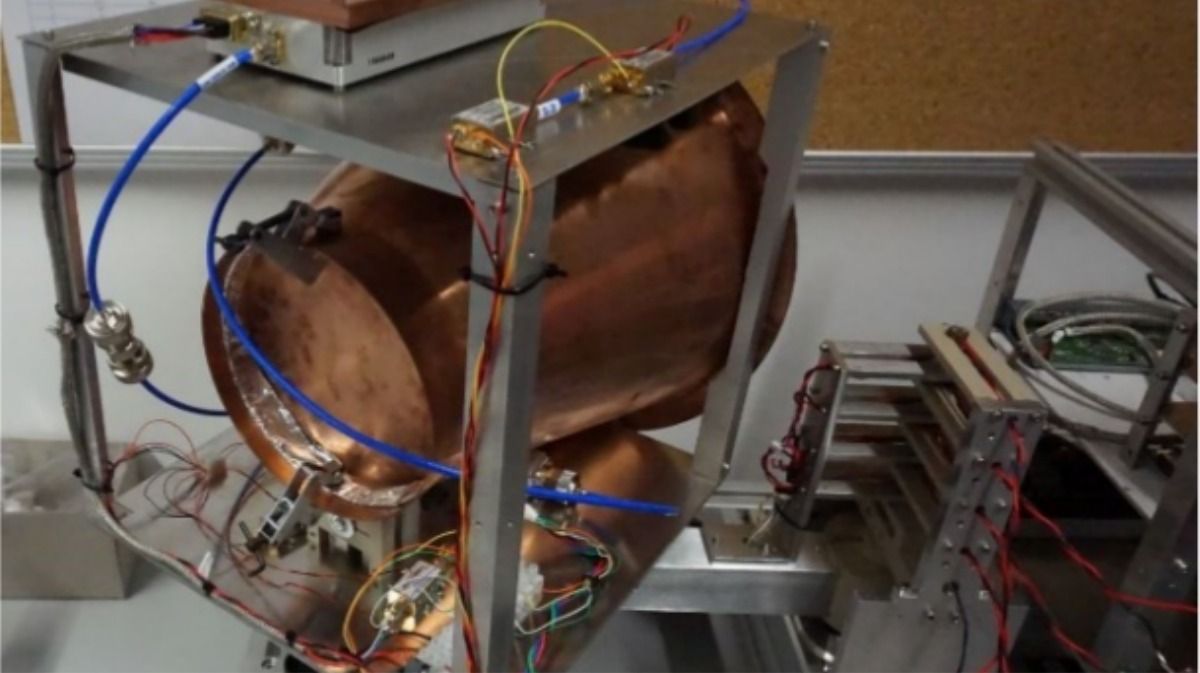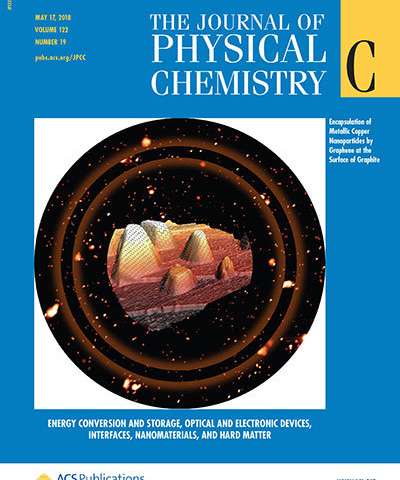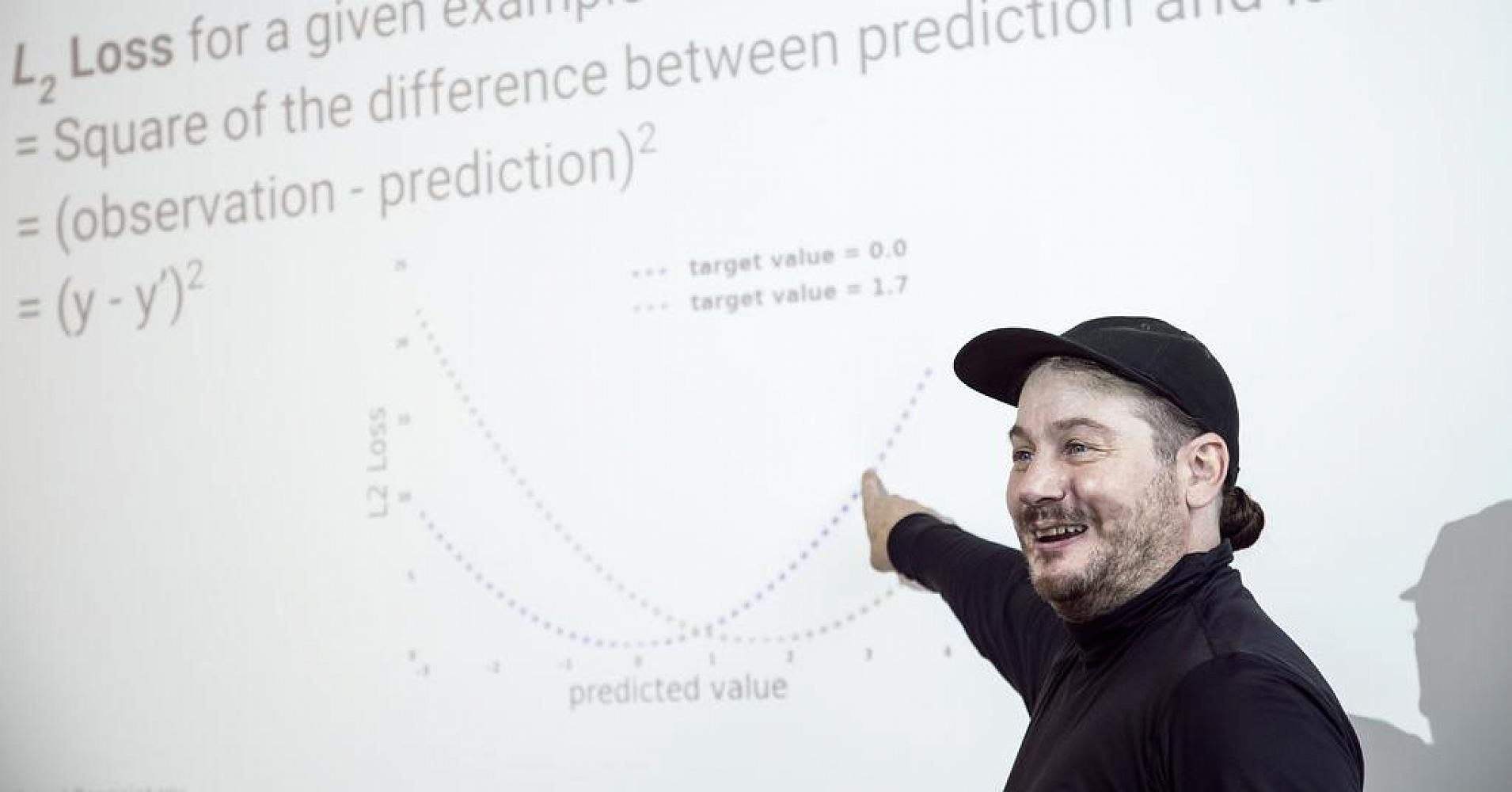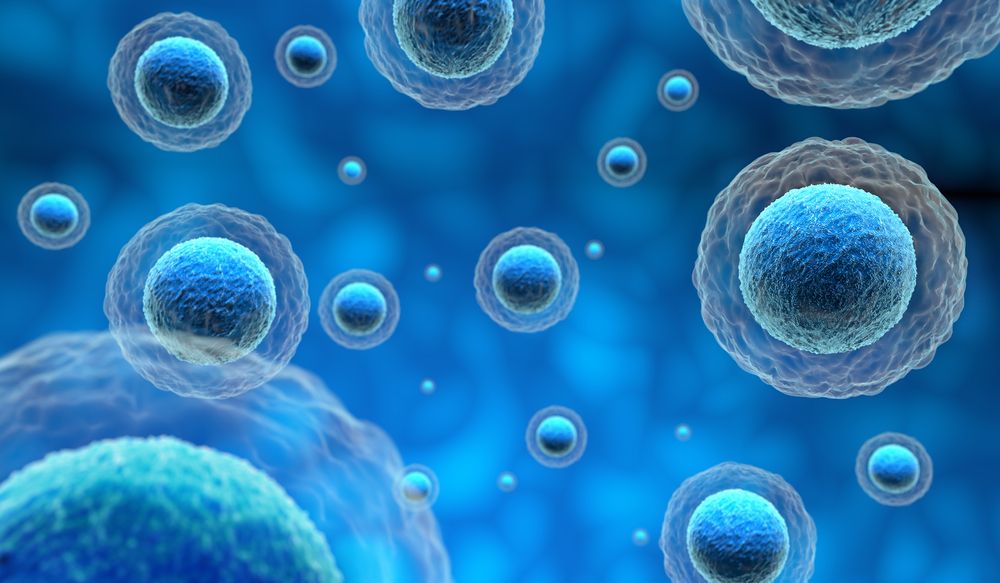May 21, 2018
Microsoft buys Semantic Machines to make AI sound more human
Posted by Genevieve Klien in categories: business, robotics/AI
Microsoft has purchased startup company Semantic Machines in an effort to make artificial intelligence bots sound more human. The Berkeley, California-based business focuses on contextual understanding of conversation.
Previously, the firm has worked with Apple on speech recognition technology for Siri. Semanitc Machines is lead by professor Dan Klein of UC Berkeley and professor Percy Liang of Standford University in addition to Apple’s former chief speech scientist Larry Gillick.
Microsoft has been working on speech recognition and natural language processing for nearly two decades now. As Cortana has gained a more prominent role in recent years, Redmond is aiming to improve the accuracy and fluency of its assistant.
Continue reading “Microsoft buys Semantic Machines to make AI sound more human” »

